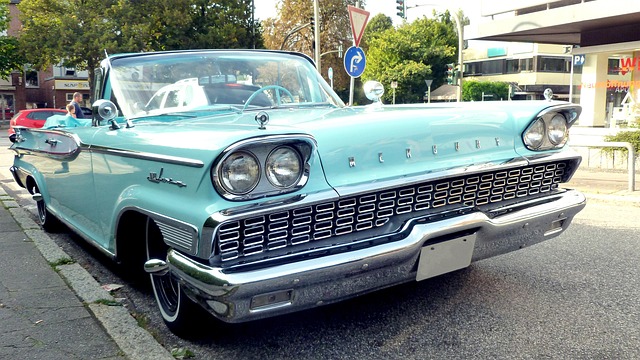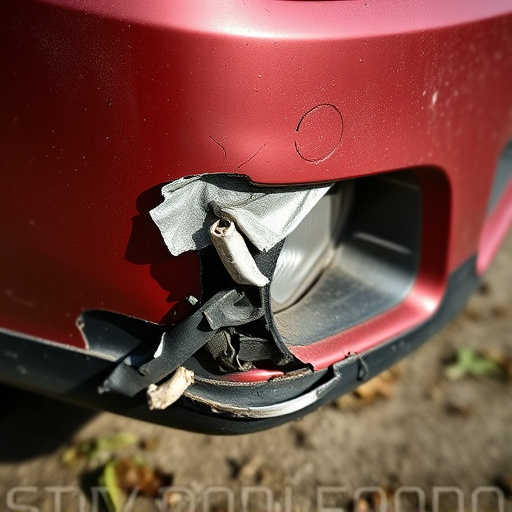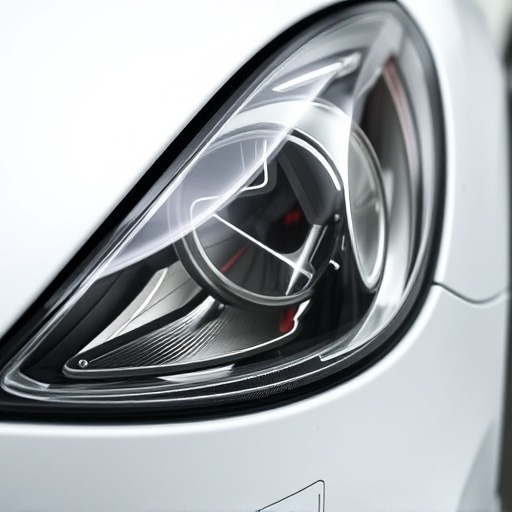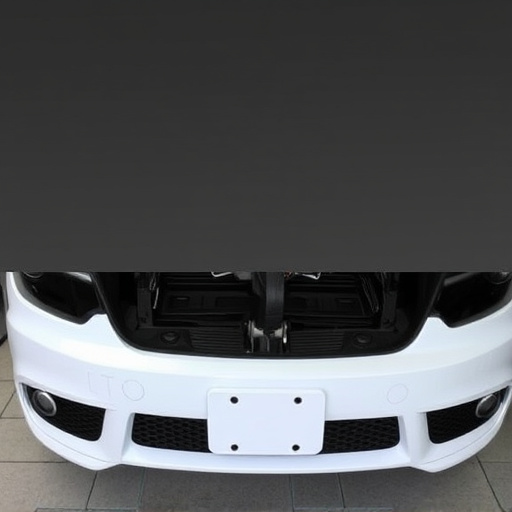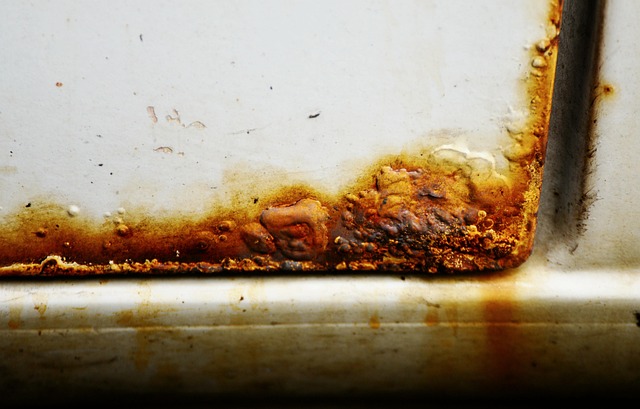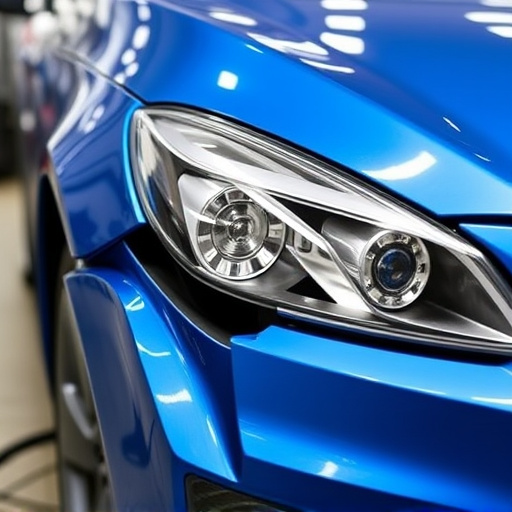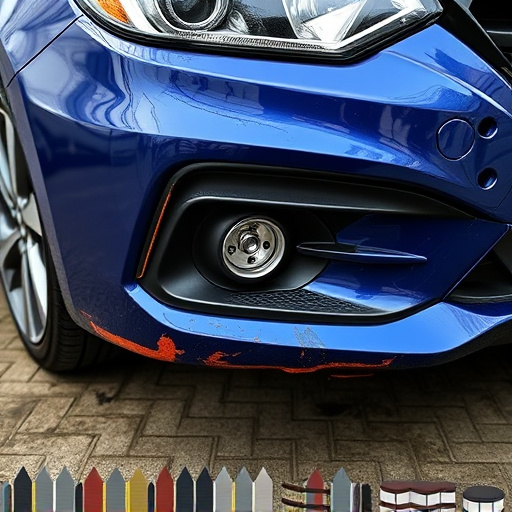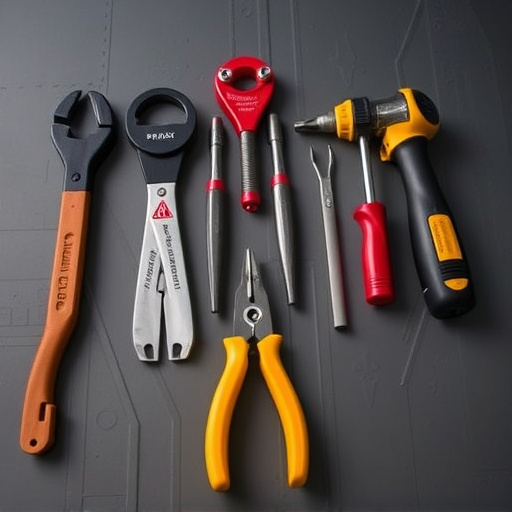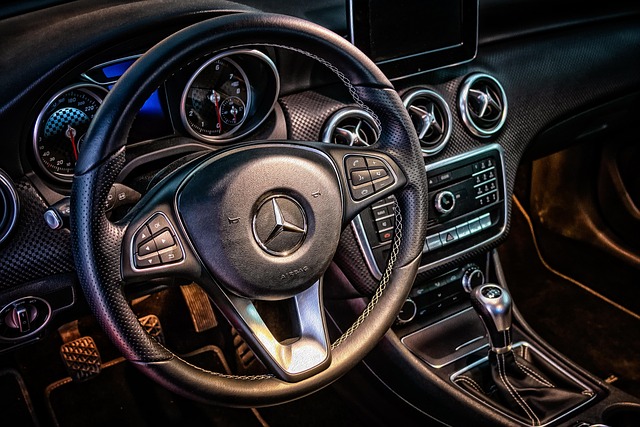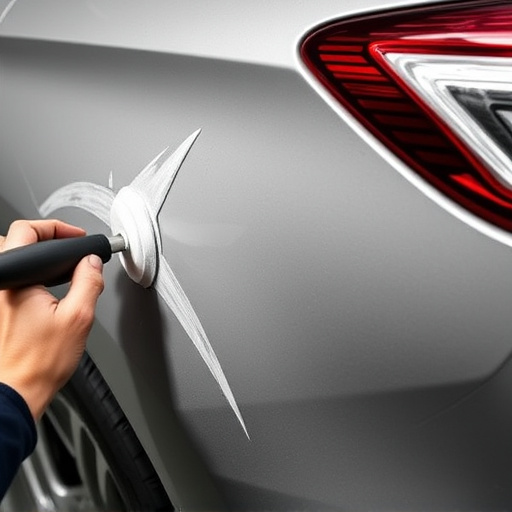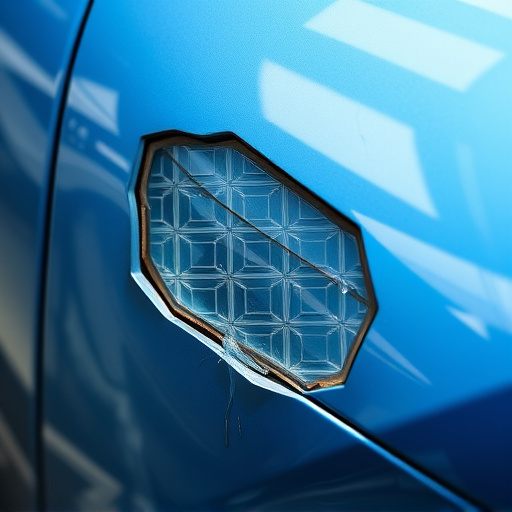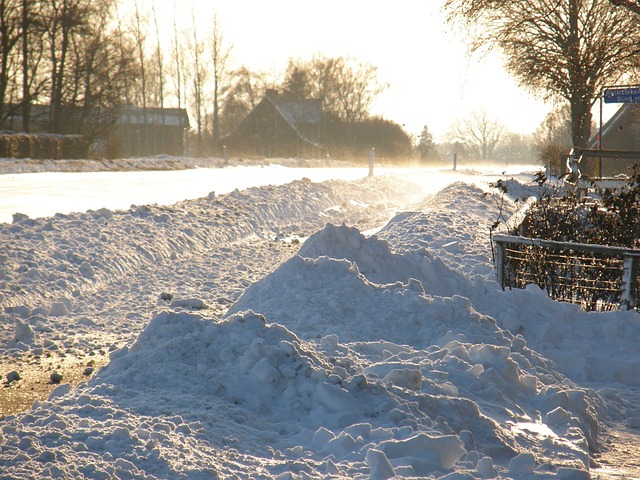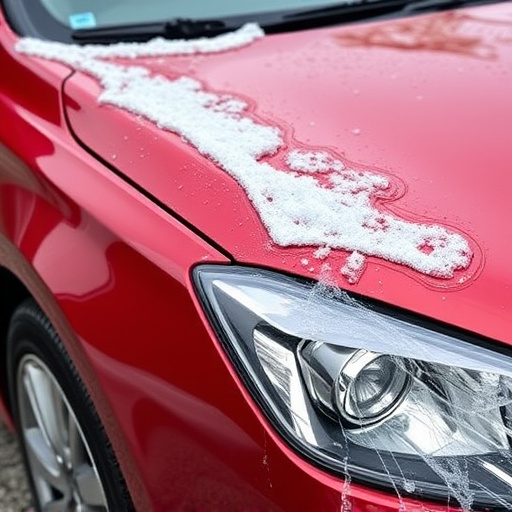Evaluating paint damage is a meticulous process crucial for accurate accident repair estimates. From minor scratches to extensive panel replacement, professionals use specialized tools and knowledge. Severe incidents require advanced techniques like car dent removal and auto glass repair. The type of finish influences costs, with basic touch-ups to complex vehicle wraps driving up estimates. Complexity and extent of damage are key factors; detailed assessments consider visible and hidden structural issues, impacting final estimate cost.
In the realm of accident repair, understanding how paint and finish influence cost estimates is paramount. This comprehensive guide delves into the intricate factors behind evaluating paint damage, exploring various estimation techniques for diverse finishes. From rust and dings to complete repaints, we dissect the impact of repairs on final accident repair estimates, providing essential insights for both professionals and consumers alike. By navigating these nuances, you’ll gain a clearer picture of what drives costs in the post-accident landscape.
- Evaluating Paint Damage: A Comprehensive Guide
- Estimation Techniques for Various Finishes
- The Impact of Repairs on Final Cost Estimates
Evaluating Paint Damage: A Comprehensive Guide
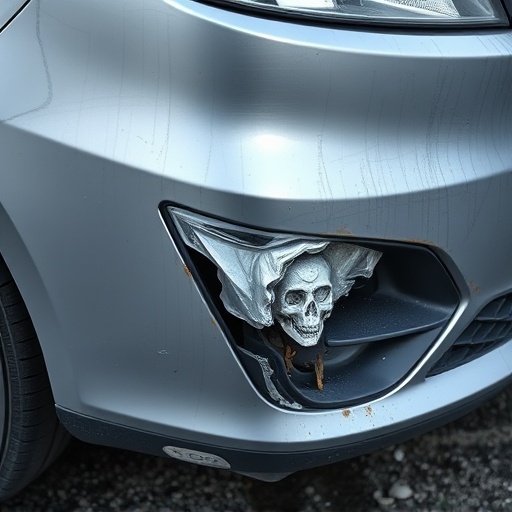
Evaluating paint damage is a meticulous process that plays a pivotal role in accurate accident repair estimates. It involves a thorough inspection to identify and assess the extent of paint impact, which can range from minor scratches and dents to extensive panel replacement. Professionals use specialized tools and knowledge to determine if the paint has been compromised, and to what degree. This comprehensive guide ensures that every aspect is considered, from surface imperfections to deeper structural damage.
In the case of severe incidents, such as a collision with another vehicle or a tree, Mercedes Benz collision repair experts employ advanced techniques for car dent removal to restore the original appearance. Auto glass repair is another critical component, addressing any cracks or chips that may have resulted from the accident. By meticulously evaluating paint damage and employing appropriate restoration methods, auto body shops can provide precise estimates, ensuring customers receive fair and comprehensive accident repair services.
Estimation Techniques for Various Finishes
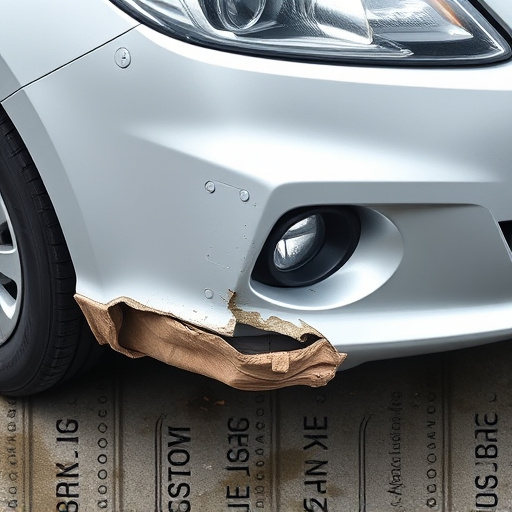
When estimating accident repair costs, the type of finish plays a significant role. For instance, painting and finishing techniques vary widely, from basic touch-ups to complete vehicle wraps—each with its own labor and material considerations. In minor cases, like a fender bender, simple autobody repairs and repainting might suffice, requiring less time and specialized skills. However, in more complex collisions, where panels are dented or bent, multiple layers of paint may be needed, along with advanced techniques to ensure a seamless finish—significantly impacting the accident repair estimates.
Specialized finishes like ceramic coatings or custom graphics can further complicate matters. These often demand intricate application processes and specialized tools, driving up labor costs. Conversely, standard finishes like solid colors or two-tone schemes have more straightforward applications, offering some flexibility in estimating time and materials. Thus, understanding the scope of work for each finish type is crucial for accurate accident repair estimates, ensuring customers receive transparent pricing for their vehicle collision repair needs.
The Impact of Repairs on Final Cost Estimates
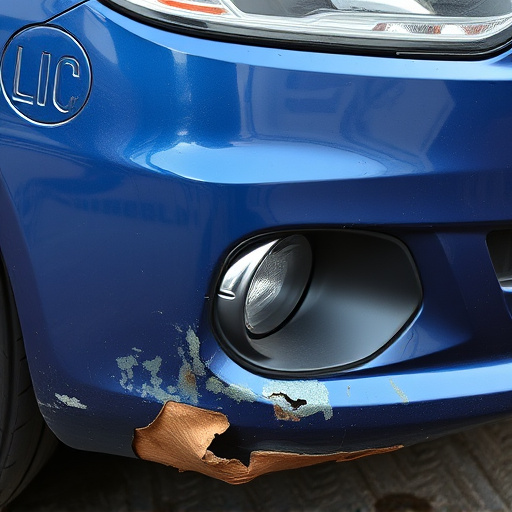
When it comes to accident repair estimates, the extent of damage plays a pivotal role in determining the final cost. Repairs that involve intricate dent repairs or complex structural adjustments will naturally drive up the estimate compared to simple touch-up jobs. Auto repair services, especially those at dedicated collision repair centers, must meticulously assess each case. They consider not just the visible dents and scratches but also underlying damage that might require specialized techniques and parts.
For instance, a dent repair that requires removing panels and realigning frames will be more expensive than a simple paint job to conceal a minor scratch. The time and resources invested in these repairs directly impact the accuracy of accident repair estimates. Collision repair centers employ skilled technicians who understand the intricacies of various auto body parts, ensuring that every repair step is accounted for in the final estimate.
In understanding how paint and finish influence accident repair estimates, automotive technicians can deliver more precise quotes. By mastering evaluation techniques for various paint damage and finishes, as well as considering the ripple effects of repairs on overall cost, professionals ensure customers receive fair, accurate accident repair estimates tailored to their vehicles’ unique needs.
